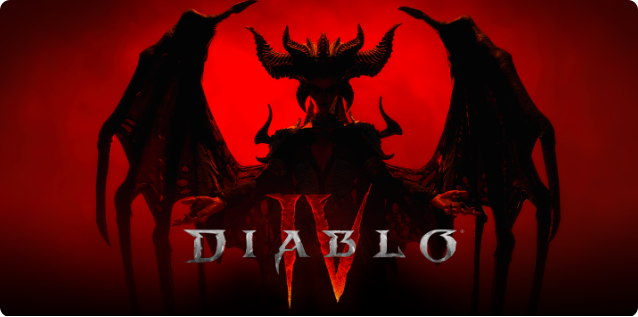Diablo 4 – The Return of Darkness: Exploring Story and Lore Themes
At the heart of Diablo 4 lies a deeply unsettling truth: Sanctuary, the world of Diablo IV Gold men and angels, is not a place of triumph but a cursed land born from rebellion, compromise, and betrayal. This installment returns the series to its grim, horror-infused roots by emphasizing the themes of hopelessness, heresy, and human frailty. With the rise of Lilith, daughter of Mephisto, Diablo 4 does more than tell a story—it resurrects the franchise’s most sinister themes and expands its mythos in meaningful ways.
Set decades after the events of Diablo 3, Diablo 4 begins in the aftermath of celestial and infernal wars. Heaven has turned its back on Sanctuary, leaving humanity to fend for itself. With both divine protection and infernal order fractured, Sanctuary spirals into chaos. Villages fall into cultic fervor, wildlands teem with corruption, and ancient secrets begin to stir beneath the earth. It's within this spiritual and political vacuum that Lilith emerges—not as a one-note villain, but as a messianic figure with a terrifying vision for humanity’s future.
Lilith’s return is a central pillar of the game’s narrative. As the daughter of Mephisto (one of the Prime Evils), and co-creator of Sanctuary alongside the angel Inarius, she embodies duality—both demonic rage and maternal protection. She is not a stereotypical monster; rather, she presents herself as a savior for a broken world. Her ideology, which centers on human independence from both Heaven and Hell, resonates with a world that has seen nothing but destruction from both sides. It forces players to ask uncomfortable questions about what “good” and “evil” really mean in the Diablo universe.
This moral ambiguity is one of Diablo 4’s most compelling themes. Unlike the clear-cut heroism of previous entries, this story thrusts the player into a world where righteousness is elusive. Even Inarius, once a noble angel, is depicted as delusional and tyrannical. His attempts to reclaim Sanctuary for Heaven border on obsession, painting him as a fallen idealist rather than a divine savior. The resulting power struggle between Lilith and Inarius isn't just a conflict of good versus evil—it's a theological civil war that fractures the foundation of diablo 4 duriel mats Sanctuary itself.


